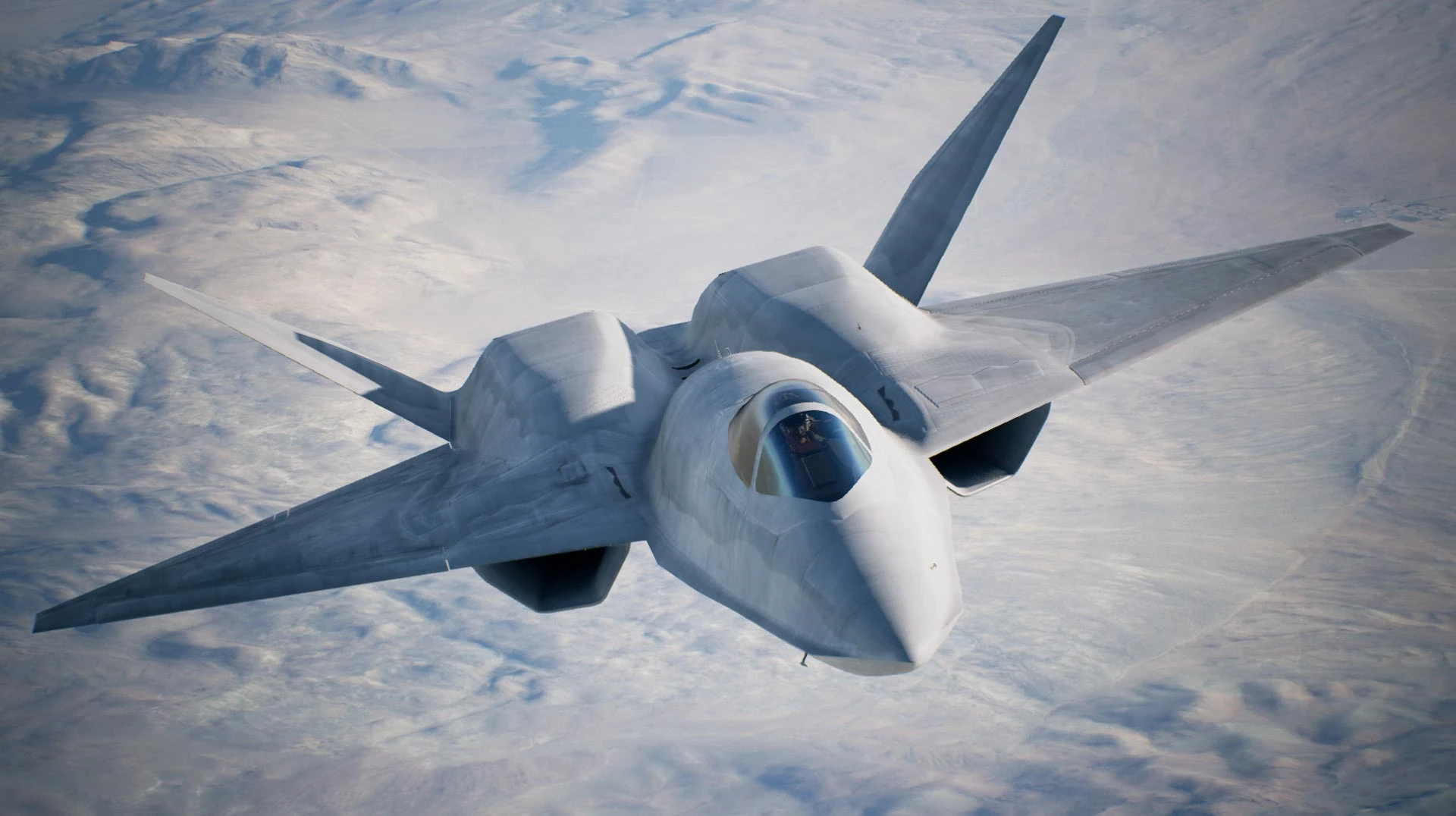✈️ Northrop YF-23 “Black Widow II” — Review
🧩 Overview
The Northrop YF-23 was a stealth fighter prototype built to compete in the U.S. Air Force’s Advanced Tactical Fighter (ATF) program, which aimed to find a next-generation air superiority jet to replace the F-15 Eagle.
Two prototypes were made and flown in the early 1990s. Though it lost to Lockheed Martin’s YF-22 (now the F-22 Raptor), the YF-23 is still widely admired for its futuristic looks, high speed, stealth, and low radar cross-section.
⚙️ Specifications
-
First flight: August 27, 1990
-
Status: Canceled (2 prototypes built)
-
Crew: 1 (pilot)
-
Length: 67.5 ft (20.6 m)
-
Wingspan: 43 ft (13.1 m)
-
Max speed: Estimated Mach 2.2+
-
Cruise speed (supercruise): Mach 1.6 (without afterburner)
-
Range: ~2,800 miles (4,500 km)
-
Ceiling: Over 65,000 ft (19,800 m)
-
Engines:
-
YF-23A PAV-1: Pratt & Whitney YF119
-
YF-23A PAV-2: General Electric YF120
-
🛠 Design Features
-
Diamond-shaped wing and V-tail: Designed for stealth and reduced drag
-
Curved body and blended fuselage: Extremely low radar signature
-
Internal weapons bay: Maintains stealth during combat
-
Fixed engine nozzles: Sacrificed thrust-vectoring for reduced IR and radar signature
-
Supercruise: Could fly faster than Mach 1 without afterburners
Its smooth, curved surfaces made it stealthier than the YF-22 and arguably even stealthier than the eventual F-22 itself.
🧱 Strengths
-
✅ Superior stealth shaping and radar avoidance
-
✅ Higher top speed and better range than YF-22
-
✅ Supercruise capability at Mach 1.6
-
✅ Futuristic design that still looks advanced today
-
✅ Extremely quiet and cool exhaust signature (infrared stealth)
⚠️ Weaknesses
-
❌ Lacked thrust vectoring, so it was less agile than the YF-22
-
❌ Complex and expensive to manufacture
-
❌ Less political and industrial support than Lockheed’s bid
-
❌ Never reached full weapons integration stage
🏆 Why It Lost to the YF-22
The Air Force prioritized:
-
Maneuverability (for dogfighting)
-
Thrust vectoring (which YF-22 had)
-
Logistics and industrial readiness (Lockheed’s F-22 team had stronger backing)
Even though the YF-23 may have been stealthier and faster, the F-22 was considered more agile and better suited to air combat doctrine at the time.
🏁 Final Verdict
| Category | Rating (★ out of 5) |
|---|---|
| Stealth | ★★★★★ |
| Speed & Range | ★★★★★ |
| Agility | ★★★☆☆ |
| Innovation | ★★★★★ |
| Cool Factor | ★★★★★ |
| Legacy | ★★★★☆ |
🔚 Final Thoughts
The YF-23 “Black Widow II” is a masterpiece of design — quiet, sleek, and formidable. Though it lost the JSF race, it remains a favorite among aviation enthusiasts and engineers for its blended aerodynamics, stealth-first philosophy, and futuristic aesthetic.
Some of its technologies lived on — influencing later programs like the B-2 Spirit, NGAD, and possibly even future sixth-generation fighters.

Comments are closed